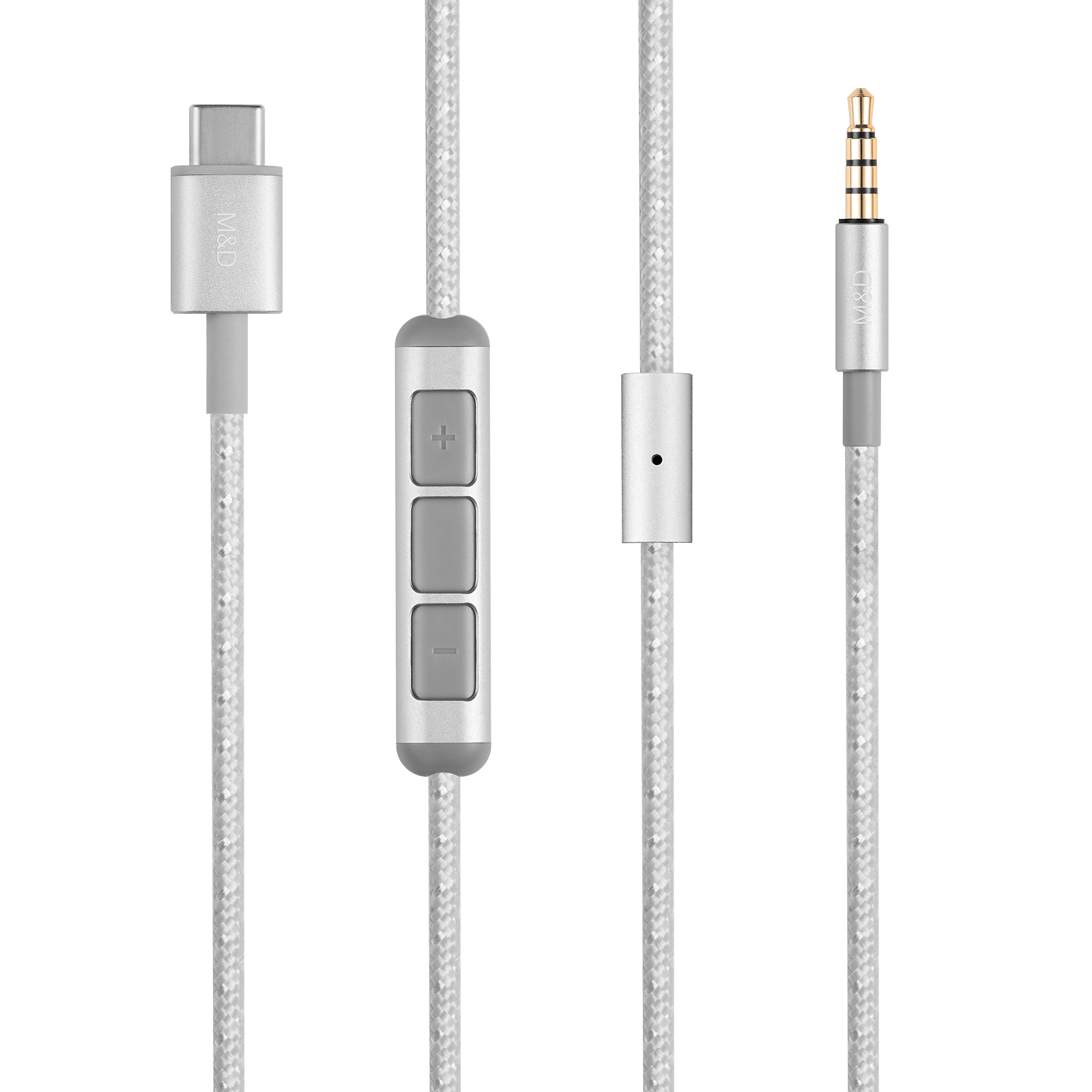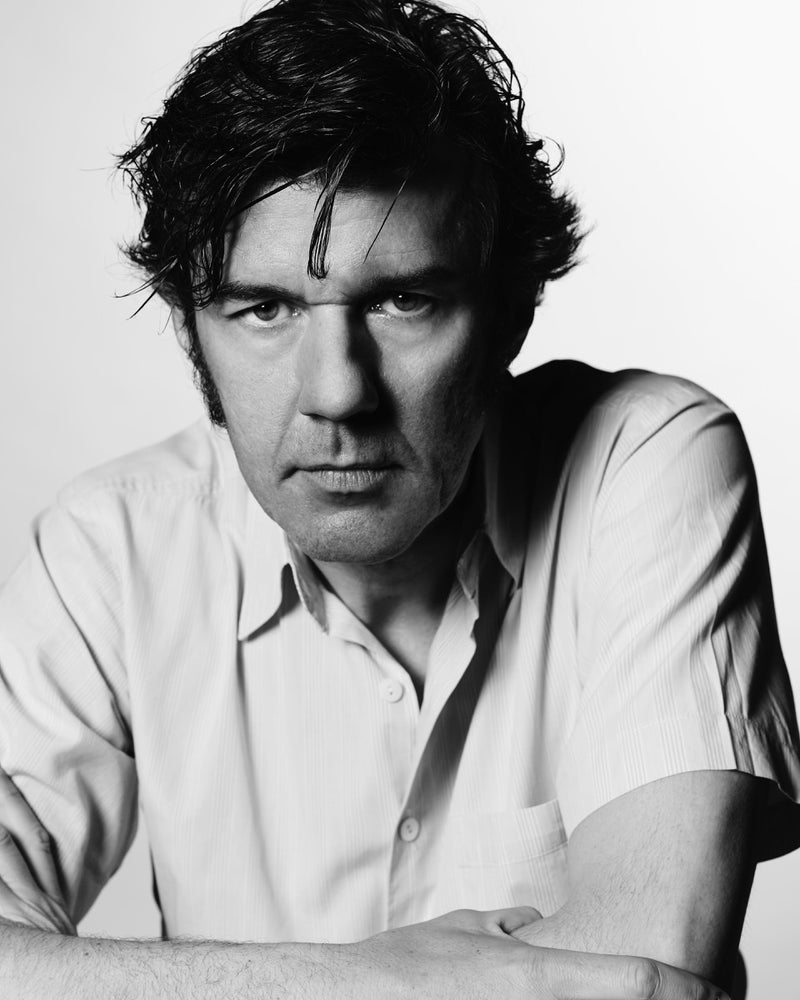What forms and media do you generally use in your creative process? Describe that process and what it takes to complete a piece.
I’ll get an initial idea from an image online or found in my archives, and then I begin to experiment. I think that’s one of my big superpowers as an artist. I like to use Photoshop and Adobe Illustrator, and I’m always trying to create using those tools in unique and unexpected ways. Ideas will shift and change as I continue to experiment, often resulting in something unplanned, and other times I’ll start on a blank digital canvas. I love texture, and enjoy creating my own within my work. The mixer-brush tool is one of my favorites, especially for creating swirl patterns. My favorite tool in Photoshop has to be the classic pen tool, just because it allows me to make my cuts really sharp and concise. It’s important as an artist to do what works for you. In the past I looked to other people to see what they were doing, and how they were doing it, thinking it was the ‘right thing’. But ultimately I found success in doing what’s best for me.
Your work infuses elements of traditional African culture. What is it from your own history and culture specifically that you continue to draw inspiration from?
If you look at my work, I use a lot of dark skinned people as my subjects. I do this for many reasons, but mostly I got to a point where I didn’t like the skin I was in, especially after growing-up being surrounded by skin-bleaching products and the idea that having lighter skin would lead to more gigs and opportunities. I even started using a sponge to try to scrub the “dirt” off of my skin to look lighter. As I grew older I began to finally embrace and love the skin I was in. In 2016 I started a specific project to improve my design skills, and my subjects were predominantly Black, because I wanted my work to serve as a reminder that Black is beautiful – our skin is beautiful, regardless of its shade. A lot of the techniques that I developed and use really only work on dark skinned subjects, so it was a process to understand and ultimately makes me appreciate our skin more.
What does Black History mean to you on a personal level, and how does it affect or impact the work you create?
I think Black History is all about paving the way for others, and about leaving a legacy. Ultimately that’s what I want to do with my work too. I don’t hide my techniques or creative process, because I want to make sure I leave something behind for a new generation of creators and artists to build on and learn from. I get so excited whenever I get opportunities to teach workshops or I’m able to mentor students via social media. That kind of thing really inspires me. I was a high school teacher for three years, and it’s interesting to note only 2-3% of teachers in the United States are black men. During those three years I was able to talk to aspiring black kids to inspire them in knowing they can pursue a career as a creative too. I’ve seen them graduate, go on to college and even start their own businesses, all because of the foundations I taught in my class. It’s been amazing to be able to see that, and to know that I’ve had some kind of impact. Black History for me is all about representation, leaving a legacy, and pathing the way for others. Bring people with you, because that way we can keep this cycle going.
Musically speaking, do you create and work while listening to specific songs or artists?
Oh yes, I can’t work without music. I’m a musician and started playing the keyboard when I was ten years old. I really love jazz, and a lot of my style lives in that world. I enjoy sharing my music selects via playlists every three months or so. It allows me to share the kind of music I listen to when I’m working, especially music that inspires me. I call my playlists “While We Create”, and the feedback has been overwhelmingly positive.























